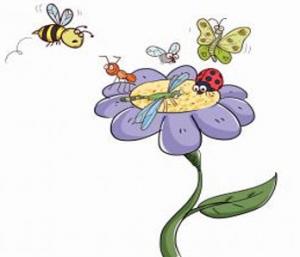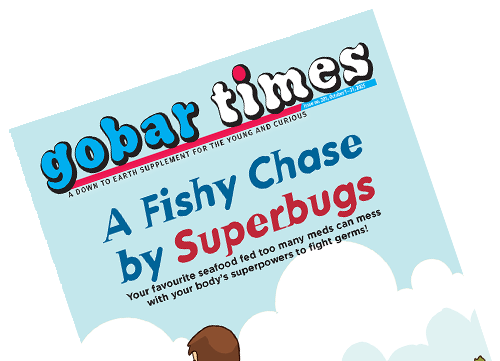
The key lies in education. We should expose children more to food systems, says nutrition consultant Rujuta Diwekar.

This is the age of hard sell: everything that is or can be on sale, is being sold aggressively through promotions, advertisements, media campaigns, claims of how good the product is, what health benefits it supposedly has, etc... and that also goes for the food that we eat.

The beautiful and healthy lotus stems—you can find these stems being sold by roadside vendors, especially along roads that run by a river or a pond. The light brown or white, sausage-like tubular vegetable has holes in it. These are lotus stems and they are used widely in Indian, Chinese and Japanese cuisine. They are relished for their taste and nutritional value. Known in Hindi as bhe or kamal kakri, the lotus stem contains hollow air channels that run the length of the stem. It is crunchy, sweet and tastes like water chestnut. It has a delicate flavour and is suitable for eating raw or cooked...

The New Year has begun...The United Nations has declared 2016 as the “International Year of Pulses” to raise knowledge of the many nutritional benefits of pulses. What does this mean for India?

The 'buzzy' bees are best at their pollination jobs but they are all set to face serious competition from other insects. According to a new study, insects like flies, wasps, butterflies, moths, ants, thrips and beetles are also effective pollinators of certain crops of global importance. These insects have an added advantage too—they are resistant and less sensitive to environmental changes, scientists say.

With her hair neatly oiled and braided, wearing her green-and-white school uniform, Selvi sat on the mat waiting for Amma to get her favourite tiffin of idlis and carrot sambar. But today, as she waited she couldn’t smell the usual aroma from the kitchen. 'Here you go, Selvi, finish your tiffin and go to school!' Amma placed a plate with idlis and coconut chutney. 'Before you ask me, let me tell you, no carrot sambar...

What is food wastage? Simply put, it means throwing away food which could have been eaten by oneself or by others. This could happen for various reasons – buying more than needed, or because it has been too long on the dining table. We are all guilty of pushing older food to the back the fridge or cupboard and placing fresh food in front.

